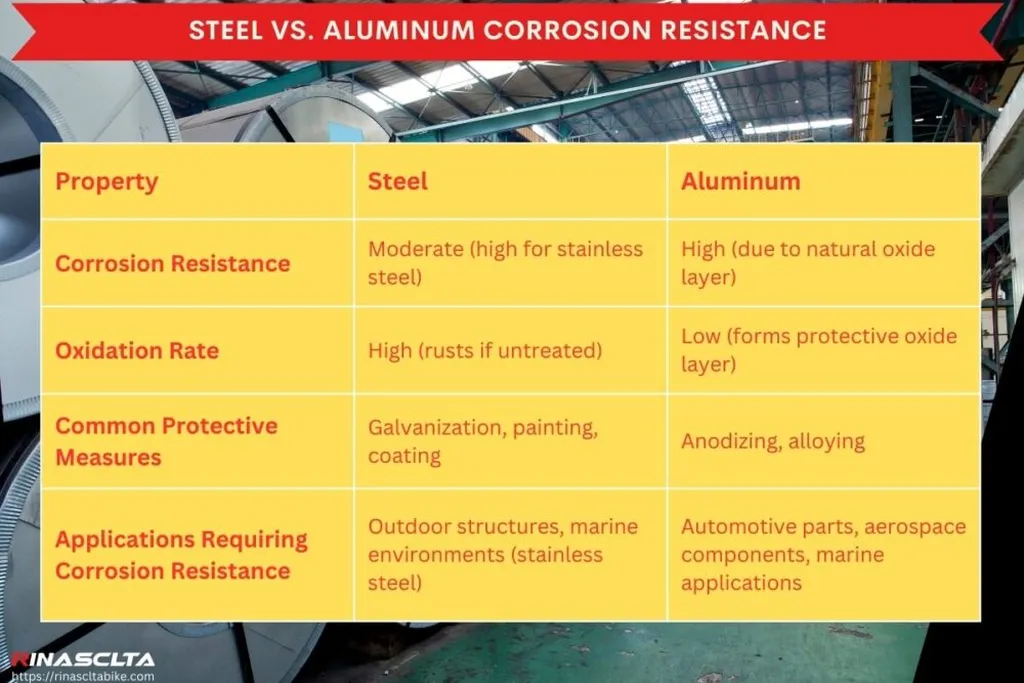In the quest to enhance the durability and efficiency of steel used in harsh environments, a recent study published in *Teshugang* (translated as “Iron and Steel”) has uncovered significant insights into the role of aluminum (Al) content in corrosion-resistant steel. Led by Sun Ao, the research delves into how varying levels of Al affect the phase transformation behavior, microstructure, and mechanical properties of steel, with profound implications for the energy sector.
The study, which utilized Thermo-Calc thermodynamic calculation software, scanning electron microscopy, and tensile testing machines, revealed that increasing the Al content from 0.5% to 1% in corrosion-resistant steel has a marked impact on its phase transformation behavior. “The range of the ferrite and austenite two-phase zone decreases, and the austenite formation temperature drops from 1,450°C to 1,430°C,” explained Sun Ao. This finding is crucial for understanding how to optimize the steel’s microstructure for better performance in demanding applications.
One of the most compelling discoveries was the effect of Al content on the steel’s corrosion resistance. As the Al content increased, the corrosion potential shifted positively, and the corrosion current density decreased, leading to a lower corrosion rate. “The increase in Al content not only improves the density of the test steel but also enhances the proportion of protective α-FeOOH in the rust layer,” noted Sun Ao. This improvement hinders the penetration of corrosive mediums like chloride ions, thereby reducing their content in the rust layer and bolstering the steel’s resistance to marine atmospheric corrosion.
For the energy sector, these findings are particularly relevant. Offshore wind farms, oil and gas platforms, and other marine infrastructure often face harsh, corrosive environments. The development of steel with enhanced corrosion resistance could lead to longer-lasting, more reliable structures, reducing maintenance costs and downtime. “This research could pave the way for the development of next-generation corrosion-resistant steels tailored for the energy sector,” said Sun Ao.
The study also highlighted that while increasing Al content can lead to grain coarsening and a slight reduction in strength, it significantly improves the steel’s plasticity and low-temperature impact toughness. This balance is critical for applications requiring both durability and flexibility.
As the energy sector continues to push the boundaries of technology and innovation, the insights from this research could shape future developments in materials science. By optimizing the Al content in corrosion-resistant steel, engineers and researchers can create materials that are not only stronger and more durable but also more resistant to the corrosive effects of marine environments. This could lead to more efficient and cost-effective solutions for offshore energy projects, ultimately contributing to a more sustainable and resilient energy infrastructure.
Published in *Teshugang*, the research underscores the importance of ongoing innovation in materials science and its potential to transform industries. As Sun Ao’s work demonstrates, even small adjustments in material composition can yield significant improvements in performance, paving the way for a more robust and efficient future.

